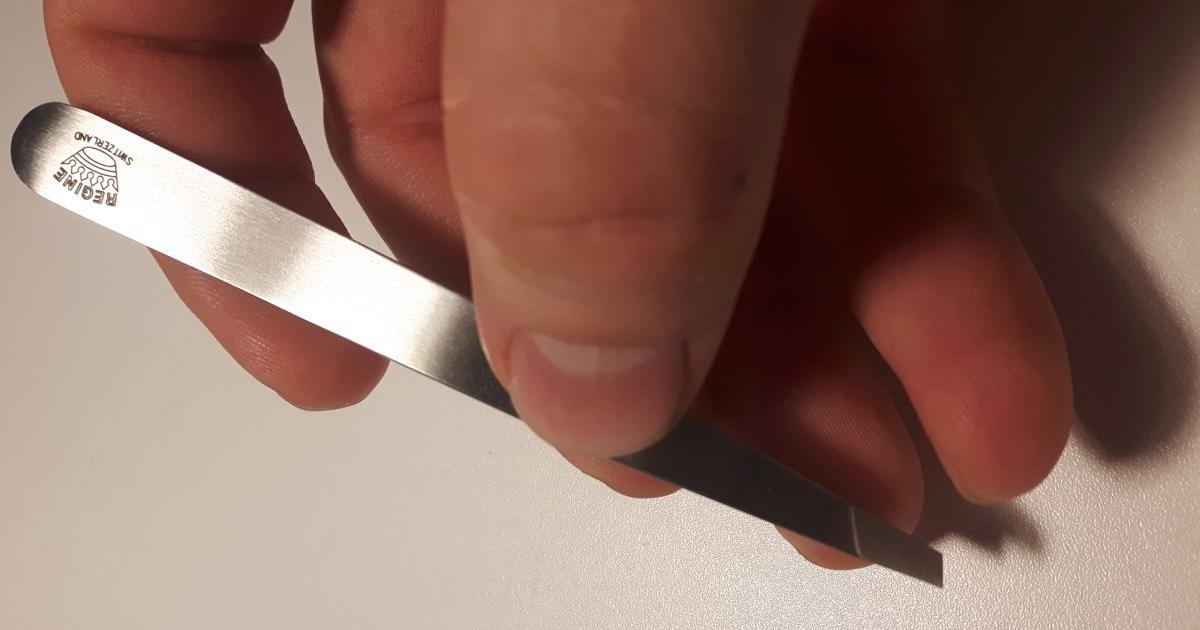How To Appropriately Prevent And Treat Jellyfish Stings
Individuals who swim in the ocean have an increased risk of being stung by jellyfish, a gelatinous sea creature with barbed tentacles containing venom that can cause pain and burning when they come into contact with human skin. Most jellyfish stings are minor, resulting in the aforementioned pain and burning as well as swelling and redness of the impacted areas. In rare instances, jellyfish stings can be severe, causing swelling of the lymph nodes and difficulty breathing. If severe symptoms are not treated promptly, the sting could be fatal.
Remove Any Stingers

Jellyfish stings and the resulting symptoms are caused by the barbs on their tentacles that inject venom into the skin. The first step to relieving the symptoms is to remove any stingers to stop the flow of venom into the body. The easiest method for removing jellyfish stingers is to first get out of the water to avoid being stung again. Use vinegar to rinse the area and stop the stinging. This vinegar rinse should be conducted for at least thirty seconds to achieve optimal results. After the rinse is complete use a pair of tweezers to remove all visible stingers. After the stingers are removed, discomfort should begin to dissipate, but redness and swelling may persist. An ice pack or antihistamine can be used to treat any residual symptoms at the sting site.
Soak In Hot Water

After the stingers have been removed, the impacted area should soak in hot water for a minimum of twenty minutes. The water should be between 104 to 113 degrees Fahrenheit, which is hot but not hot enough to burn the skin. Hot water will help diminish any residual stinging, cleanse the area, and remove any additional stingers that may have been missed. The hot water is also soothing and promotes blood flow to the affected area, which aids in healing. If an area to soak in hot water is not available a hot shower can be used as a substitute.
